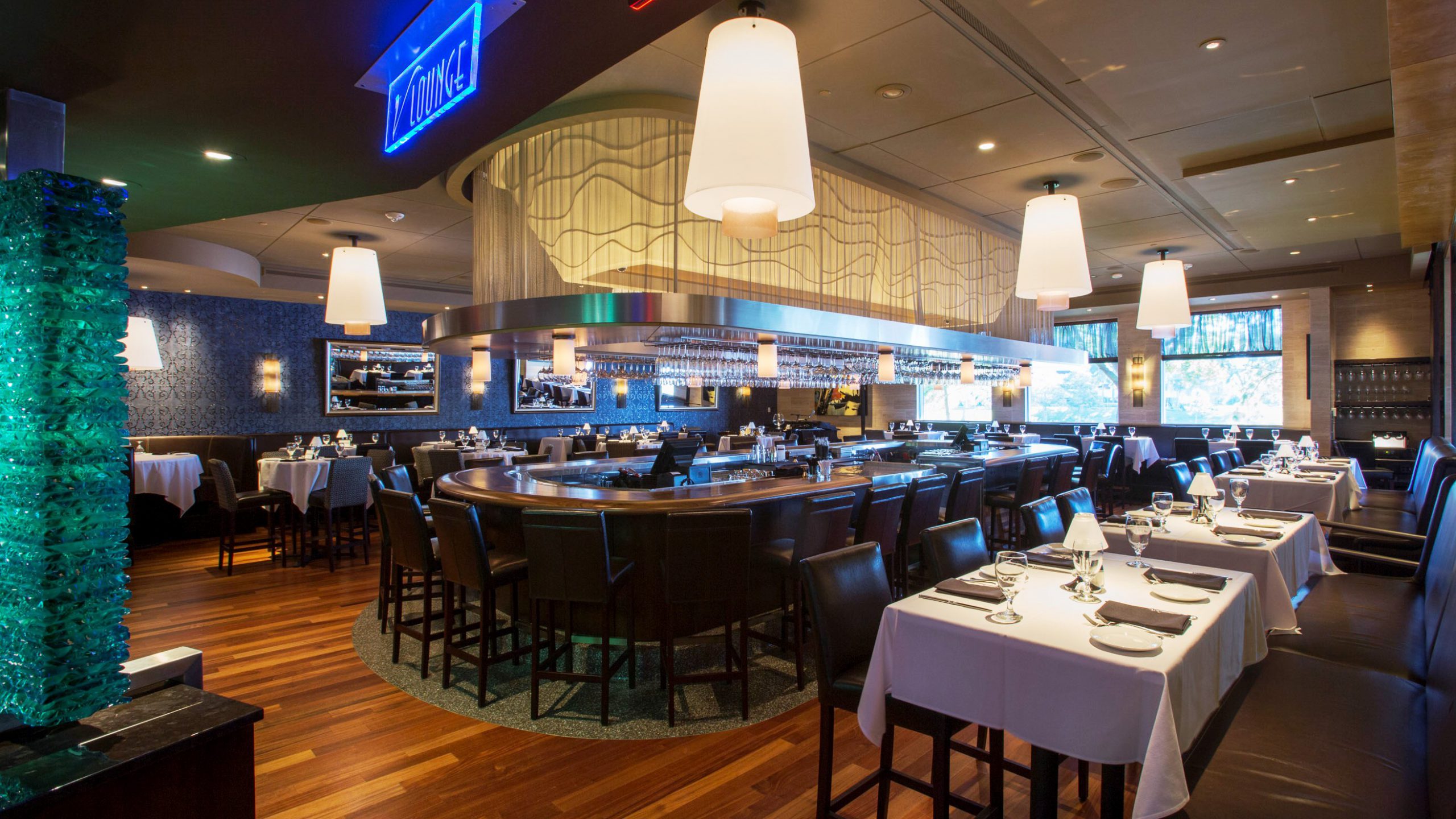Are you contracting out your preventative maintenance? Unfortunately, we’ve seen a lot of restaurant managers be misled by their mechanical contractors into thinking their “building is balanced”, but still notice misreported or never- reported problems that are causing complaints from their guests. For example, you’ve been told that air filters and screens used for the outside air intake are clean, or that belts are tight, when they are in fact loose or cracking and ready to break. These facility problems would cost so much less if treated immediately. For example, a $10 fan belt replacement, if not replaced by your facility management when needed can cause irreversible damage to the rooftop RTUs, along with the cost of uncomfortable guests. These instances escalate in the summer and fall months, when outdoor weather threatens indoor comfort.
Be aware of these frequent summer sick building symptoms, so you can call out the indicators, if necessary:
- Humidity- Sits in the carpets or hardwood floors causing buckling, odor, and mold. Often triggers allergies for guests.
- Too much exhaust and little or no fresh air-causing a negative building pressure, so anything in the outside air can come in, including bugs and pests.
- Condensation on windows and/or grills
- Entry doors hard to open- Leaving guests frustrated, or worse-assuming the restaurant is closed
All the above issues can cause a negative building pressure, allowing the outside air to infiltrate the building through every crack and crevice, causing damage that could shut a restaurant down from a health code standpoint. If you’re concerned that your building is uncomfortable or not running how it was designed to, you have the option of calling in a third party HVAC balance service who can give you an objective diagnosis of the issue, and fix it.
